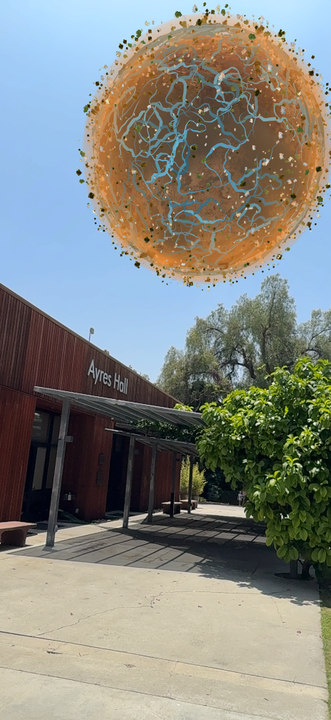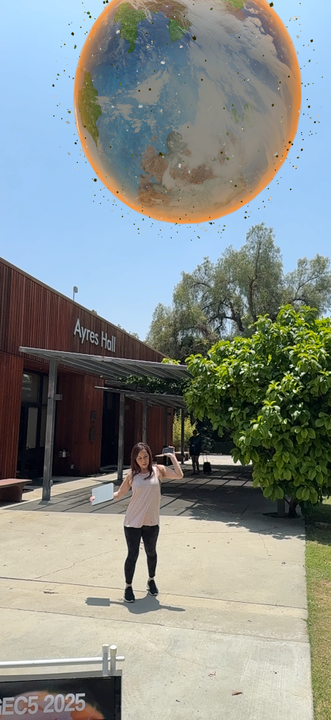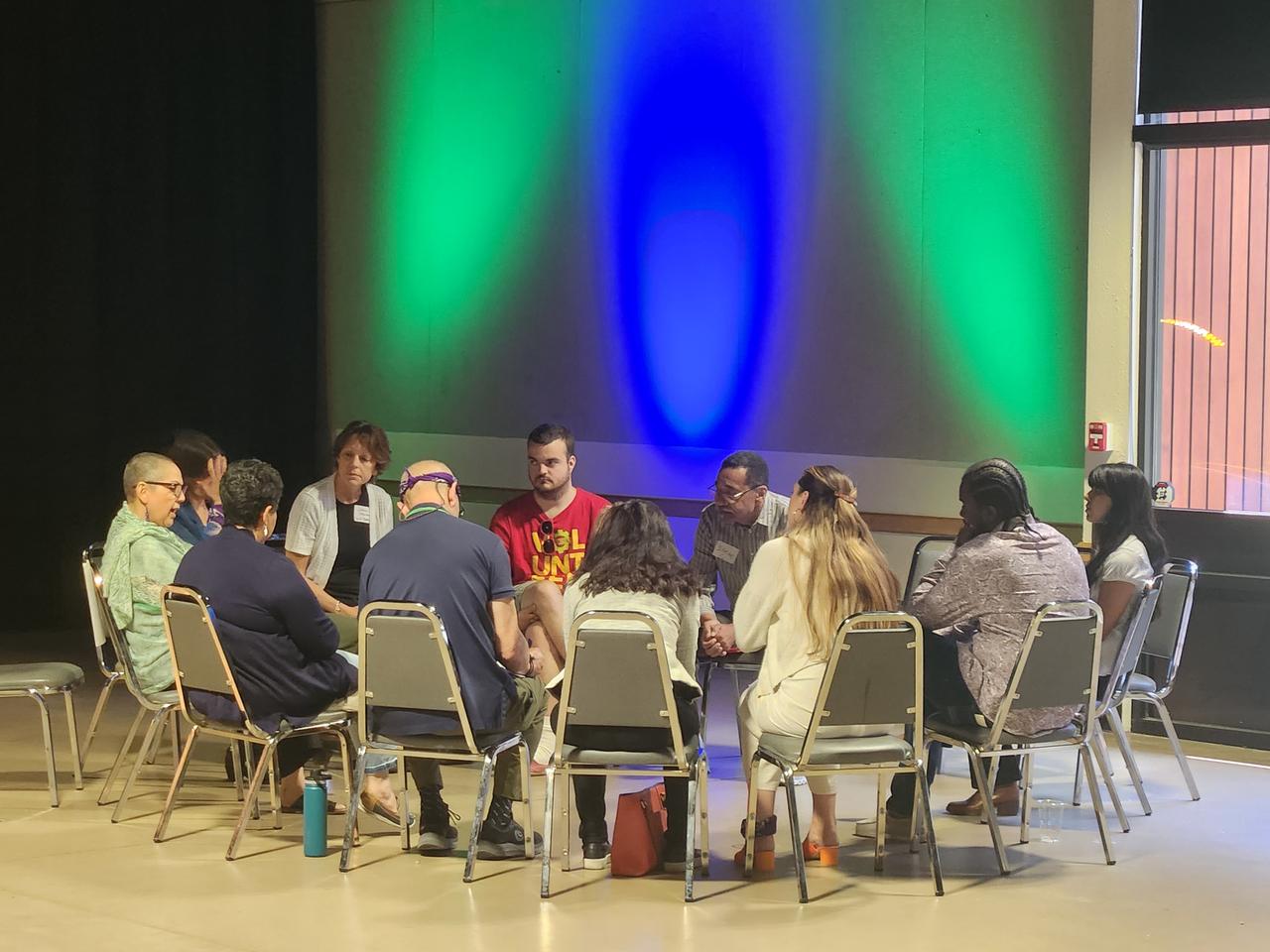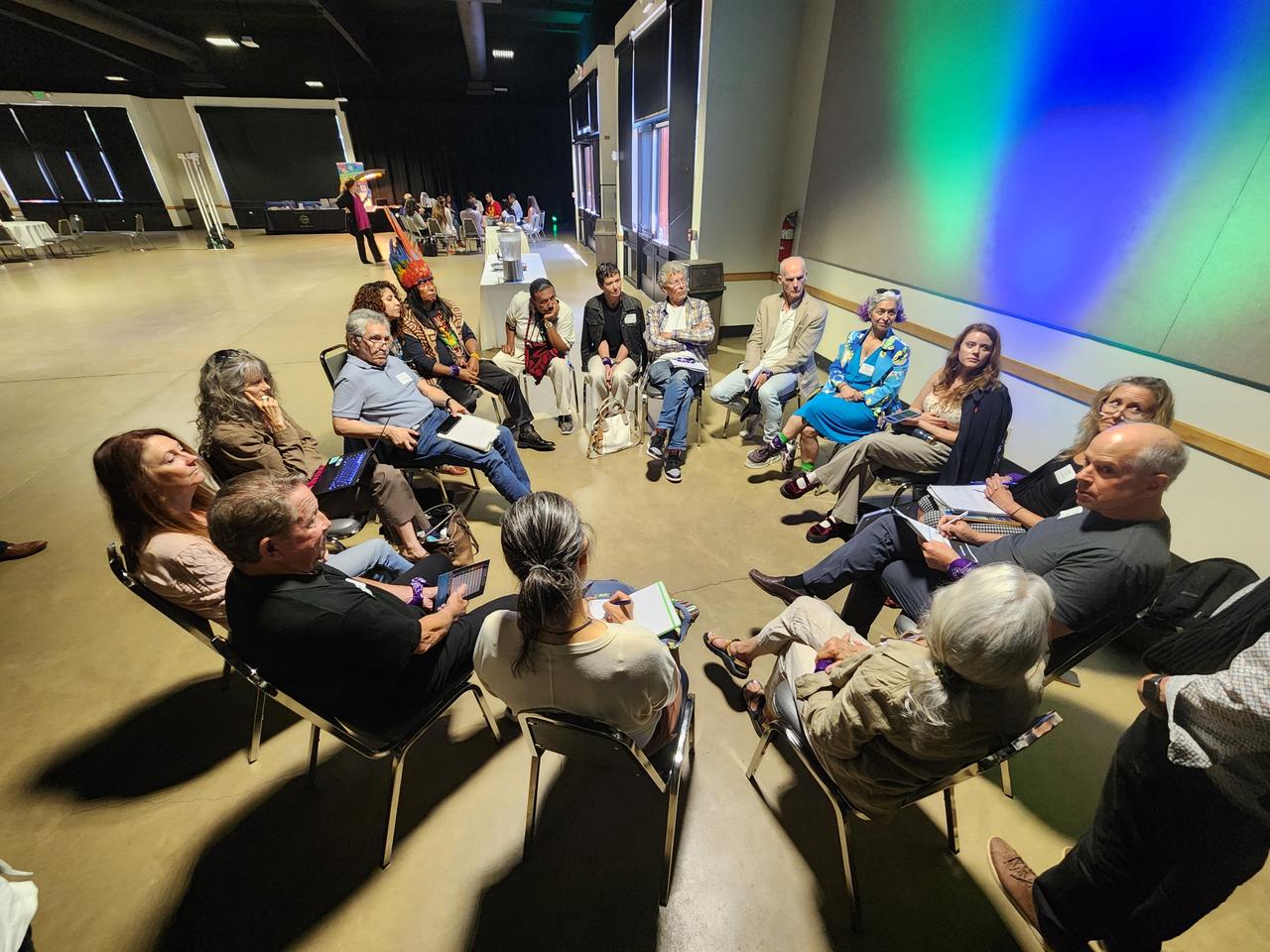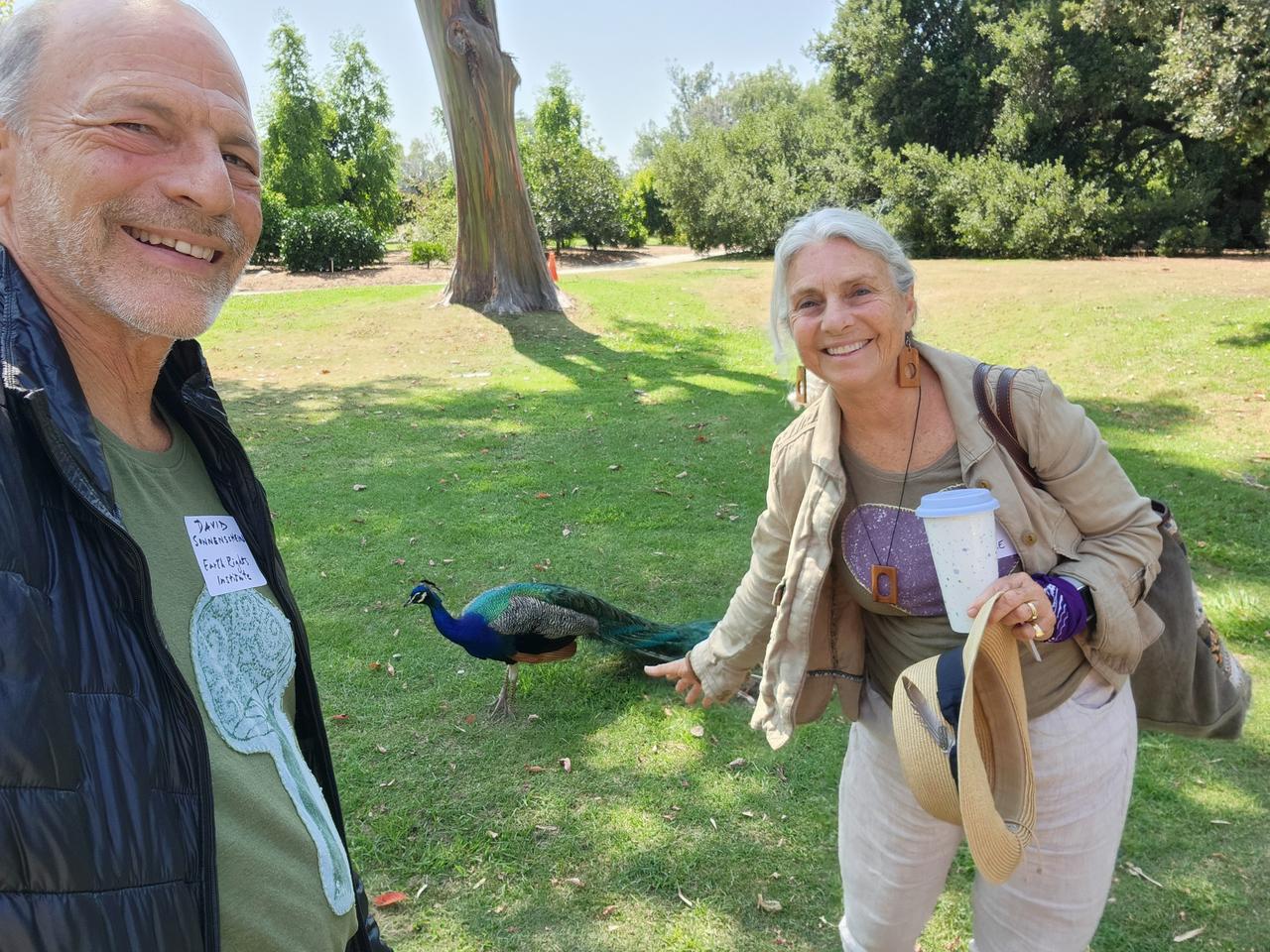United States
0
United States
0
1
United States
1
United States
1
Germany
0
0
United States
0
United States
0
India
1
0
0
0
1
United States
1
Japan
0
Japan
0
0
India
0
United States
0
United States
0
Japan
2
Taiwan
3
Ukraine
3
Ukraine
11
Japan
2
United States
4
2
United States
2
1
United States
2
Canada
3
China
1
Taiwan
6
United States
2
United States
13
United States
15
Singapore
6
Singapore
7
United States
6
United States
8
United States
6
Singapore
4
Singapore
8
South Africa
6
United States
11
China
3
United States
12
United States
4
United States
12
United States
10
Germany
6
United States
7
United States
6
United Kingdom
6
United States
5
United States
7
United States
2
2
United States
2
United States
11

This Memory is on the Blockchain!
1. Community-Led Solutions Over Government Reliance All three conversations consistently emphasized that meaningful change must come from grassroots organizing rather than waiting for government action. Whether discussing resource sharing, long-term planning, or equitable distribution, participants expressed deep skepticism about institutional capacity and highlighted successful community-driven initiatives.
2. Systems Integration Approach Each group recognized that isolated solutions fail—water, power, housing, fire safety, and social systems must be coordinated. The long-term planning group discussed comprehensive infrastructure coordination, while the resource sharing group emphasized interconnected community needs, and the equity group highlighted how insurance, utilities, and emergency response failures compound each other.
3. Indigenous Wisdom and Healing-Centered Approaches All conversations included recognition of indigenous knowledge and the need for emotional/spiritual healing alongside technical solutions. From Manari's emphasis on ceremonial healing to discussions of regenerative development and land-based relationships, participants consistently valued traditional ecological knowledge.
4. Equity as a Central Design Principle Rather than treating equity as an add-on, all groups positioned it as fundamental to effective solutions. This appeared in discussions of inclusive decision-making, resource access, and ensuring that recovery strengthens rather than displaces vulnerable communities.
Overlaps:
Both emphasized neighborhood-level organizing (block captains, community inventory systems)
Strong focus on tool/resource sharing and cooperative economics
Recognition that traditional ownership models are insufficient
Emphasis on building relationships before implementing systems
Contrasts:
Resource sharing focused on immediate mutual aid and mindset shifts
Long-term planning emphasized technical infrastructure and policy frameworks
Resource sharing stressed emotional/spiritual dimensions more heavily
Long-term planning was more policy and regulation-focused
Overlaps:
Both highlighted utility infrastructure failures and need for microgrids
Strong criticism of insurance industry and regulatory capture
Emphasis on community-controlled rebuilding rather than developer-led
Recognition of racial and economic inequities in recovery
Contrasts:
Long-term planning focused on new authorities and institutional frameworks
Equity group emphasized existing community organizing and immediate needs
Long-term planning was more technical/architectural in approach
Equity group prioritized healing and relationship-building
Overlaps:
Both emphasized breaking down shame around asking for help
Focus on reaching isolated community members (elderly, non-English speakers)
Recognition that information access is as important as resource access
Emphasis on community-controlled solutions
Contrasts:
Resource sharing emphasized abundance mindset and gift economy principles
Equity group focused more on structural barriers and systemic failures
Resource sharing prioritized interpersonal relationship building
Equity group emphasized organized political and economic action
Strengths:
Deep focus on relationship-building and trust
Recognition of mindset/cultural shifts needed
Practical, immediately implementable ideas
Strong emphasis on healing and emotional support
Challenges:
May be too focused on individual behavior change
Limited discussion of structural/policy barriers
Could be vulnerable to being co-opted or marginalized
Scale-up challenges unclear
Strengths:
Comprehensive technical knowledge and expertise
Clear policy recommendations and institutional frameworks
Strong connections to existing planning processes
Addresses infrastructure at scale
Challenges:
Heavy reliance on institutional change that may not happen
Limited community representation in decision-making
Risk of technocratic solutions that bypass community needs
May perpetuate existing power structures
Strengths:
Centered lived experience of affected communities
Clear analysis of systemic barriers and failures
Strong emphasis on racial and economic justice
Practical organizing strategies
Challenges:
High level of anger and frustration that could impede collaboration
Limited discussion of technical solutions or policy frameworks
May lack capacity for large-scale implementation
Could become isolated from broader planning processes
1. Establish Community Healing and Visioning Process
Begin with ceremonial healing practices as emphasized by indigenous wisdom keepers
Create safe spaces for trauma processing and grief work
Facilitate community visioning sessions that integrate all three perspectives
Accountability: Community-selected healing coordinators report monthly on participation and emotional climate
2. Create Integrated Information and Resource Hub
Combine resource sharing networks with equity-focused outreach to isolated residents
Develop multi-language, multi-platform communication systems
Train community members as resource navigators
Accountability: Track reach to vulnerable populations with quarterly equity audits
3. Launch Neighborhood Pod Pilot Programs
Start with 5-10 neighborhoods implementing integrated approaches
Each pod combines resource sharing, equity principles, and technical planning
Include soil testing, tool libraries, emergency preparedness, and microgrid planning
Accountability: Pod coordinators report monthly on participation, resource flows, and problem-solving
4. Establish Community-Controlled Financing Mechanisms
Implement Joshua's land trust model in willing neighborhoods
Create neighborhood associations with legal structures and banking capacity
Develop time banks and alternative currency systems
Accountability: Independent audits of financial flows and democratic decision-making processes
5. Build Technical Capacity and Infrastructure
Partner with Clean Coalition and architects to design community-controlled microgrids
Implement comprehensive soil remediation and urban agriculture programs
Create community-owned renewable energy cooperatives
Accountability: Technical advisory board with community representation measures progress on resilience metrics
6. Engage Policy and Regulatory Systems
Support Blue Ribbon Commission recommendations while ensuring community control
Advocate for utility reform and insurance industry regulation
Push for building code changes that mandate resilience and equity
Accountability: Policy working group with rotation of community representatives tracks legislative progress
7. Create Regional Federation of Community Organizations
Link neighborhood pods into mutual aid networks
Share resources, knowledge, and political power across communities
Develop conflict resolution and democratic decision-making processes
Accountability: Annual assemblies with delegate rotation and transparent resource allocation
8. Launch Community-Controlled Recovery Authority
Create alternative to government-led rebuilding authority
Combine technical expertise, community control, and equity principles
Manage large-scale infrastructure projects under community oversight
Accountability: Community oversight board with recall mechanisms and transparent contracting
1. Neighborhood Level (50-200 households)
Monthly assemblies for all residents
Consensus process with facilitation training
Rotating leadership with 6-month terms
Decisions on resource allocation, priorities, and local policies
2. Regional Level (Network of Neighborhoods)
Quarterly delegate assemblies
Delegates selected by neighborhood assemblies, with recall mechanisms
Decisions on shared infrastructure, policy advocacy, and mutual aid coordination
2/3 majority required for major decisions affecting multiple neighborhoods
3. Specialized Working Groups
Technical infrastructure, policy advocacy, healing/culture, economic development
Open membership with expertise requirements for some roles
Report to neighborhood and regional assemblies
Cannot make binding decisions without assembly approval
1. Transparency Requirements
All meetings open to community members
Financial records published quarterly
Decision-making processes documented and accessible
Regular community report-backs in multiple languages
2. Performance Metrics
Community-defined success indicators (not just technical metrics)
Quarterly equity audits measuring inclusion and resource distribution
Annual community satisfaction surveys
Environmental and resilience impact assessments
3. Recall and Correction Processes
Community members can petition for leadership recalls
Regular evaluation of programs with community input
Grievance processes for conflicts or complaints
External mediation available for serious disputes
Priority Action: Establish Coordinating Circle
2 representatives from each conversation theme
Indigenous wisdom keeper as rotating facilitator
Monthly meetings for 6 months to design implementation plan
Community accountability: Report to broader community monthly
Pilot Selection Criteria:
Geographic diversity (Altadena, Palisades, affected areas)
Demographic representation (age, race, income, language)
Existing organizing capacity and community trust
Willingness to experiment with integrated approaches
This framework acknowledges that the three conversations represent different but complementary approaches to the same challenge: building just, resilient, and community-controlled recovery from the LA fires. Success requires integrating technical expertise, community organizing, resource sharing, and healing-centered approaches under democratic community control.
We detected that you have a Blox in your crypto wallet! We will import the Blox into your account.
Click on done below to complete the import.
Sunrise across the desert
Walk by here quite often … very rarely with no one else present like today
Afternoon walk
Choose your payment method
Buy with Metablox Credit
Do you want to mint Blox with 1 Metablox Credit?
Which Crypto would you like to use?
How many credits do you want to buy?
$100 USD = 1 Metablox Credit = 1 Blox.
Use Metablox Credit to mint any Blox you want on the map.
 expand_more
expand_more
